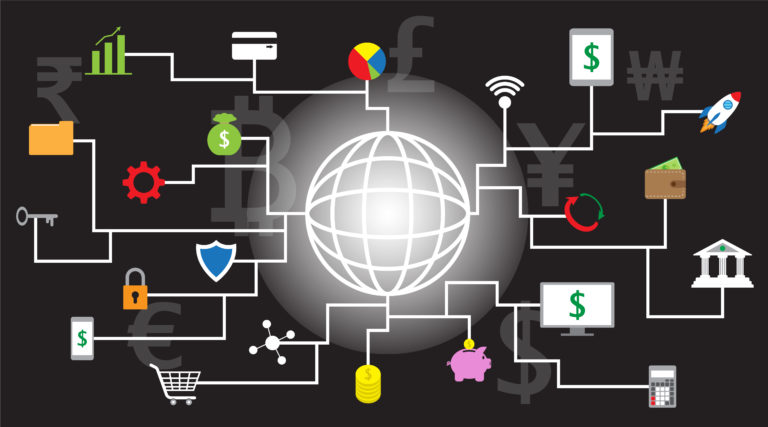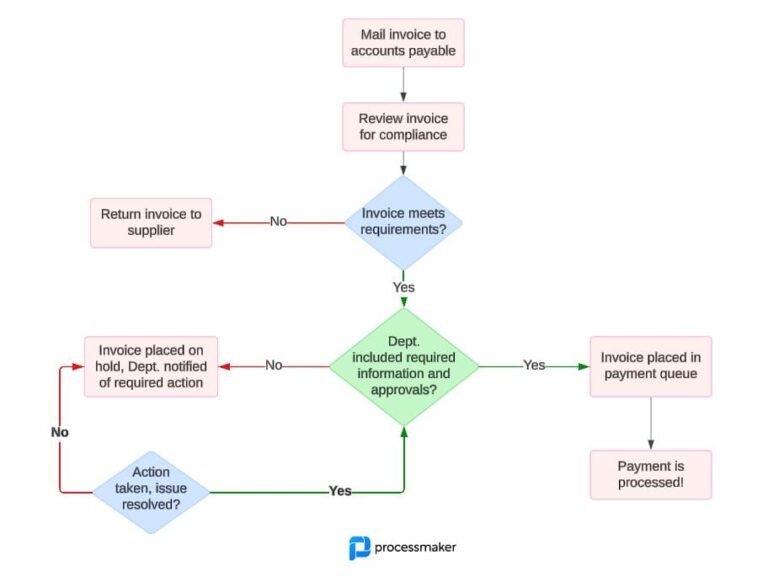Let’s start with some basic knowledge of machine learning for the purposes of this article. Machine learning is any use of technology to discern patterns among large data sets and adapt accordingly, i.e. “learning” to improve a particular process or knowledge base. Let’s break it down.
Why Machine Learning?
Machines are constantly learning about you, namely to target ads at you. However, there is an increasing number of enterprise applications of machine learning. Big data is a big part of the machine learning craze but the truth is that it isn’t new, the technology has simply matured. With the release of tools like Amazon SageMaker, now anyone can start building models without being a data scientist.
What is Workflow?
Before moving on, let’s briefly define workflow. Workflow is the orchestration of tasks by multiple actors to further the completion of a common goal, often based on a series of conditions. Think about that for a second. Tasks can be done by humans or computers. Actors can be humans or computers. The goal can be physical and digital. Conditions can be environmental or computational. That is a lot of data points.
Machine Learning and Workflow
Machine learning algorithms constantly search through huge data sets in real-time to find patterns and adapt. A great example could be a factory. A factory is filled with workflows that involve human and non-human actors and data that comes from computers and from people. Algorithms are objective, as it looks at all of the data and compare it to the end result. They detect any inefficiencies, human or non-human, and automatically self-correct to improve the efficiency of that factory in the process.
Machine learning can help optimize workflows everywhere. For example, in HR departments, the same requests are submitted a day in and day out. This provides huge data sets to build models with to improve the efficiency of HR. In many cases, machine learning isn’t just making teams more efficient, it’s also making systems and the interaction of systems and humans more efficient. What’s more, it is constantly improving and learning, which is why machine learning should be on your list of technologies to watch in 2019.
Next in this series, we’re going to showcase three examples of using machine learning to optimize common business processes.





